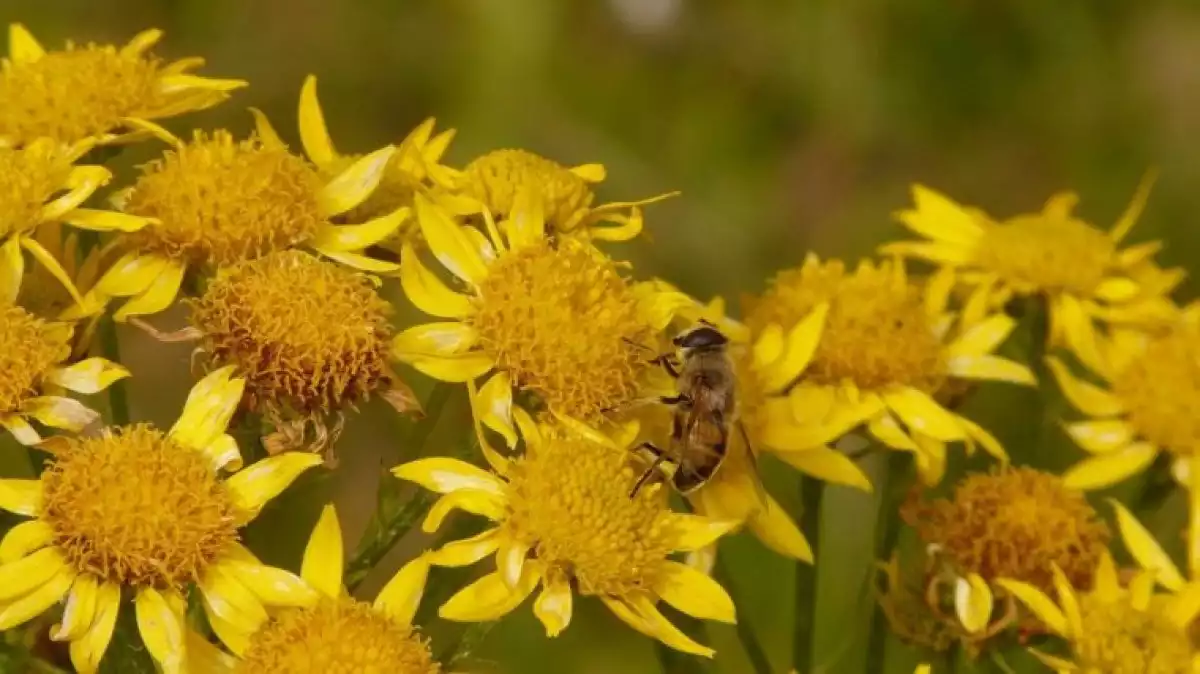
The plant known as Arnica Montana (wolf's bane) is a type of plant that is currently extinct in several countries around the world. Creams using the flower of this plant have been used for centuries as natural remedies for concussions, bruises, and other similar afflictions.
We will have a look at what arnica is, what uses it has and more importantly, what benefits the arnica ointment has.
What is Arnica Montana?
Arnica, also known by its scientific name Arnica Montana L., is a flowering plant from the sunflower family. A native of the mountains in Siberia and Central Europe, this plant used to be smoked by locals as a substitute for tobacco - which gives it its alternate name of mountain tobacco.
Various species of arnica exist in North America including Arnica fulgens, Arnica suroria, and Arnica cordifolia. It tends to grow on mountains with tall meadows and forests during the months of June, July, and August. The arnica plant grows from a cylindrical, underground rhizome. The flowers of this plant are bright yellow and if crushed and inhaled, the head of the plant can cause fits of sneezing.
The history of arnica indicates that it has been used as a medicinal plant for a long time, specifically in North America, Germany, and Russia and has been utilized as a home remedy since the 16th century. The natural habitat of this plant has been encroached upon by agriculture which means that in certain countries it has become extinct and in others, it is in danger of facing the same ill-fitted fate.
Popularly used to treat concussions, bruises, blows to the eyes, or sprains. In Russian popular medicine it has been used for the following conditions:
Uterine hemorrhage
Myocarditis
Arteriosclerosis
Angina pectoris
Heart failure
Applied mainly as a gel, oil, cream or ointment, arnica is used to treat all sorts of pathologies, especially blows that involve bruises, sprains, or concussions. It is also believed to help stimulate the nervous system, and although its medicinal benefits have been observed in folk culture for decades, scientists have yet to prove its real medical efficacy.
What is Arnica Montana used for?
Arnica is usually sold in ointment and oil form available for external use, as well as diluted homeopathic mixtures that are safe for internal use. It can also be administered as an infusion or tea.
Studies have shown that certain lactones (which are also toxic and should be used with care), such as helenalin and dihydrohelenalin, both present in arnica, have pharmacological properties responsible for the anti-inflammatory and analgesic properties of this plant.
Generaly speaking, this medicinal plant contains sesquiterpene lactones, flavonoid glycosides, alkaloid, volatile oil, tannin, isomeric alcohol, including arnidio and foradiol. Its roots are used for their anti-fungal properties as well as other uses which we're about to discover in the following list.
1. Anti-inflammatory and analgesic
Arnica flowers, either fresh or dry, are normally used with medicinal and therapeutic purposes. Many herbalists view this plant as a specific remedy for treating concussions, sprains, and sore muscles and some species of arnica have helenalin which is a lactone with anti-inflammatory effects.

2. Immunostimulant
It has been clinically proven that arnica montana extract helps stimulate certain functions of our white cells which in turn strengthens our body's resistance to bacterial infections such as salmonella.
3. Increase brain activity
Although the theory claims that arnica can help stimulate cerebral activity, and more specifically the nervous system, studies haven't reached a conclusion regarding the effects of arnica on the human brain.
4. Other medicinal properties
The effects of arnica gel or arnica cream are being studied in relation to other ailments and symptoms such as inflammation caused by phlebitis, exhaustion, and pain. It is also believed that wetting your hair with an arnica infusion could help mitigate the effects of alopecia areata. At the same time, existing products on the market which already contain arnica are used to treat vertigo, hoarseness, and dizziness.

Side effects and contraindications
Arnica Montana can be lethal if consumed in large quantities. It's vital to never ingest the plant directly or its essential oil and to always use the homeopathic tincture instead. In the case of external applications, the tincture should be diluted before applying to the skin.
Homeopathic mixtures are considered safe only when they are administered in therapeutical doses under the supervision of a specialist. The reason is that the arnica extract can cause extreme poisoning with symptoms such as vomiting, diarrhea, hemorrhages, and death.
Alcoholic arnica extracts have also been found to have toxic effects on the heart and can cause high blood pressure.
The helenalin compound mentioned earlier could prove to be allergenic for some people; should you notice any skin rash, stop the treatment and seek medical attention. Finally, prolonged external use of arnica in high doses can cause symptoms related to skin ulcerations and even skin necrosis.
References:
Hanrahan, C. (2005). Arnica. In J. L. Longe (Ed.), The Gale Encyclopedia of Alternative Medicine (2nd ed., Vol. 1, pp. 120-122). Detroit, MI: Gale.
